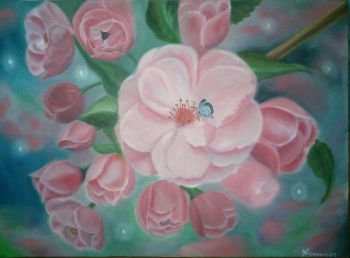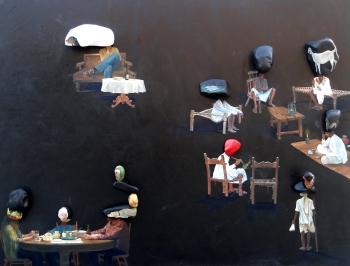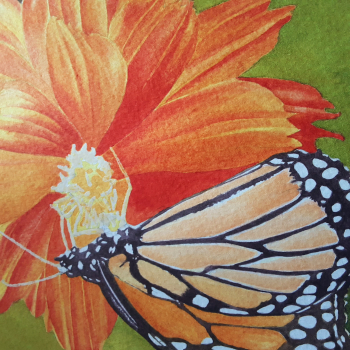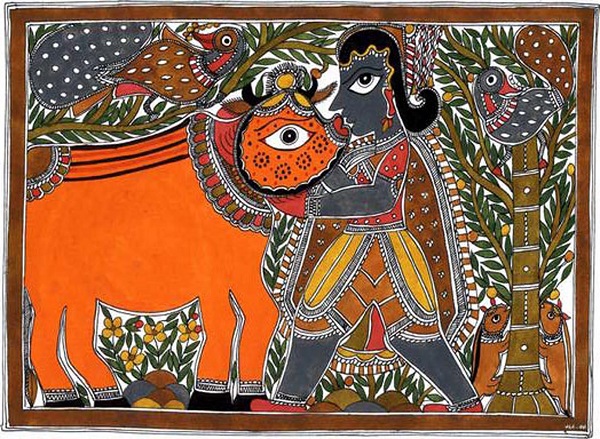
Art has always been a profound representation of human civilization, capturing the essence of culture, life and personal expression. Traditional icons occupy a unique place in the arts, standing as a testament to the beauty of human creativity and the timeless fascination of history This blog explores the fascinating journey of traditional iconography through art history, exploring their development, significance and lasting appeal.
Art Illustrations the Dawn of Prehistoric Cave Paintings
Our journey begins deep in ancient caves, where the earliest known art forms were found on display. Prehistoric cave paintings, such as those found at Lascaux in France and Altamira in Spain, date back about 40,000 years. These early but highly expressive works of art include animals, hunting scenes and symbolism, providing insight into the lives and beliefs of ancient peoples.
The use of natural materials and primitive tools in these cave paintings indicates a nascent artistic development. Despite their simplicity, these works are imbued with an energy and raw energy that continue to capture contemporary audiences, reflecting a universal human desire to communicate and capture experiences visually.
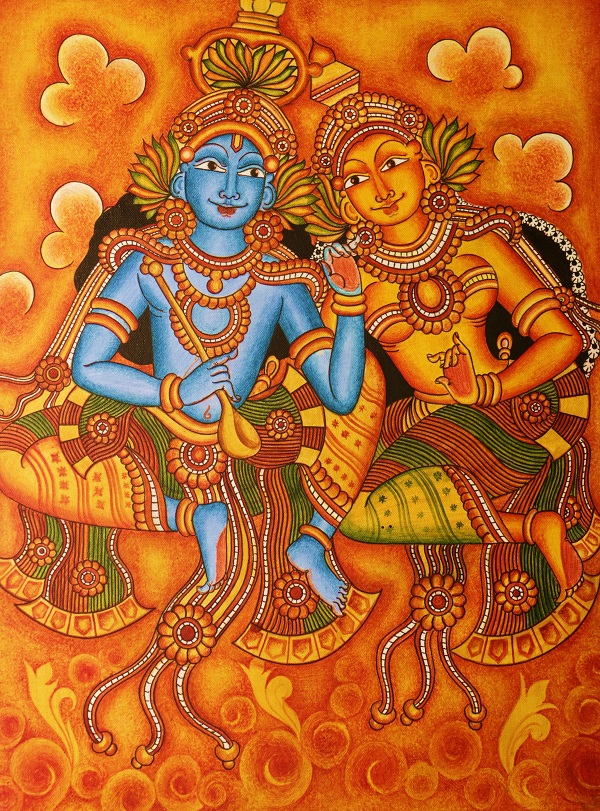
The Richness of Ancient Civilizations: Egyptian and Greek art
As civilizations developed, artistic techniques and techniques evolved. Paintings from ancient Egypt, with their intricate use of lettering and symbolism, were closely associated with religious and cultural practices These works of art decorated the walls of tombs and temples, serving as decorations and all ceremonial purposes. Careful attention to detail and the use of vibrant colors in Egyptian paintings emphasize the civilization’s reverence for the otherworldly and divine.
In contrast, ancient Greek paintings, although less extensively preserved, reveal a new mode of artistic expression. Greek artists focused on realism, form, and the human form, as can be seen in the paintings and vase decorations of Knossos. The Greek insight into the visual mind and their emphasis on naturalism laid the foundation for future artistic innovations, influencing countless generations of artists.
The Great Renaissance: The Rebirth of Art and Culture
It also marked a significant epoch in the social history of art and the falls in which occurred some of the most picturesque personalities in the history of art – Leonardo da Vinci, Michel Angelo, Raphael and the rest. Hence, the masterpieces by those artists like Mona Lisa, the ceiling of the Sistine Chapel and School of Athens are also the best representation of the renaissance values like harmony, balance, and humanism.
They differ from the paintings in the period of the Renaissance by the fact that they employ linear perspective, chiaroscuro, and accurate human body structure. A lot of artworks from this period incorporated empirical tendencies with aesthetic innovation in order to create accurate portrayals of the scientifically observed world. The end was one that depicted both the exteriors and the interiors of objects, and the feelings and the soul of everything.
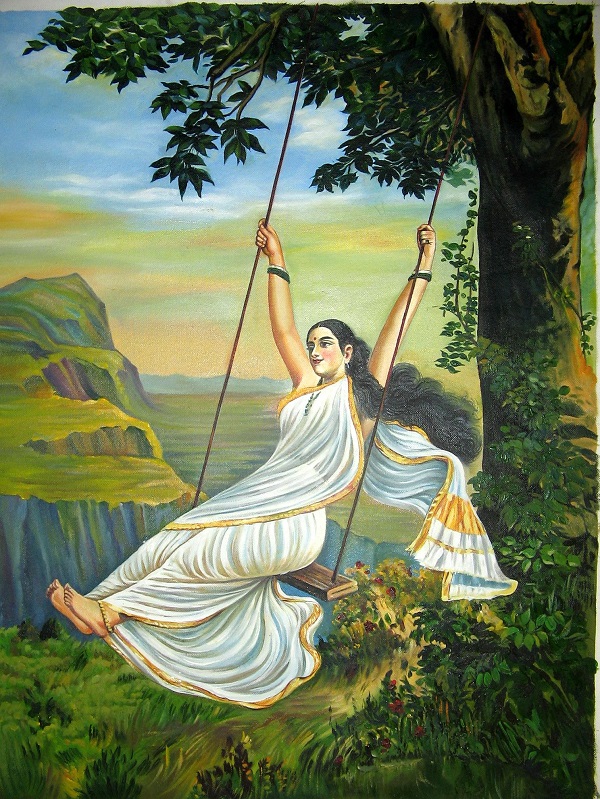
Interesting Blog: The Evolution of Art through Traditional and Acrylic Paintings
The Baroque Age: Group III: Drama and Movement
The Baroque succeeded in bringing an elegant and vigorous manner of painting after the Renaissance period. Baroque artists like Caravaggio, Peter Paul Rubens and Rembrandt used strong contrasts, bright and expressive colors and extraordinary, vivid emotions. Many of those works were filled with themes of drama, religion and majesty, which could be attributed to the fact that the society and political climate prevalent at that time was rather volatile.
Tenebrism and realism used by Caravaggio made his paintings to have new impressionism and emotional identification as did the music in Rubens’ paintings and chiaroscuro used by Rembrandt and the Baroque as a movement, energy feeling of movement and the depth of experience which was fascinating.
Rococo Beauty and the Impressionism Revolution
The emergence of the Rococo period in the 18th century brought a lighter and more elegant style of painting. Artists such as Jean-Honoré Fragonard and François Boucher created stunning, pastel-colored paintings depicting royal leisure and romantic dalliances. Rococo paintings are characterized by playful elegance, intricate detail and carefree approval, reflecting the opulence of the French court.
However, Impressionism at the end of the 19th century signaled a radical departure from traditional artistic traditions. Aspiring artists such as Claude Monet, Pierre-August Renoir, and Edgar Degas sought to capture the fleeting effects of light and color in their work They often paint en plein air (outdoors), and simple brushstrokes serve to convey a sense of spontaneity and immediacy.
Impressionism challenged the established norms of academic painting, emphasizing the subjectivity of the artist rather than realism. This movement paved the way for subsequent contemporary art movements, which inspired artists to explore new techniques and approaches.
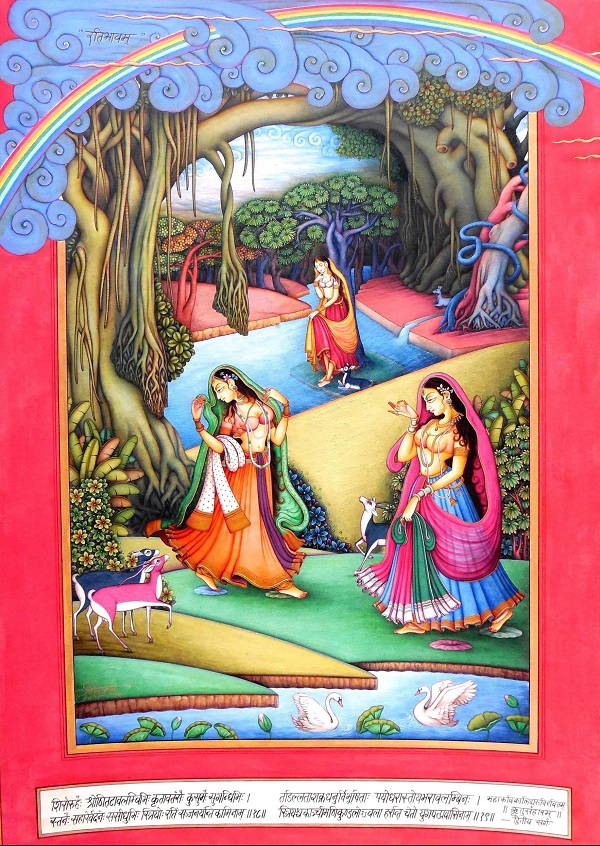
An Enduring Legacy of Traditional Images
Despite the advent of modern contemporary art, traditional painting still has a respected place in the world. Their timeless beauty and historical significance provide a tangible connection to the past, allowing us to appreciate the evolution of human thought, culture and creativity.
Whether traditional paintings remind us of the enduring visual power of cave art or the Renaissance masterpieces of our ancestors, they capture the essence of their time, reflecting the values, beliefs and experiences that have been revealed. Furthermore, we are encouraged to look beyond the surface and explore the deeper meanings and emotions that lie in each brush stroke.
In today’s fast-paced digital world, traditional images provide time for reflection and reflection. We are invited to slow down, observe, and participate in the rich fabric of human history. As we continue to explore new frontiers in art and technology, the timeless beauty of traditional design is a stark reminder of our shared heritage and the infinite possibilities of human creativity.
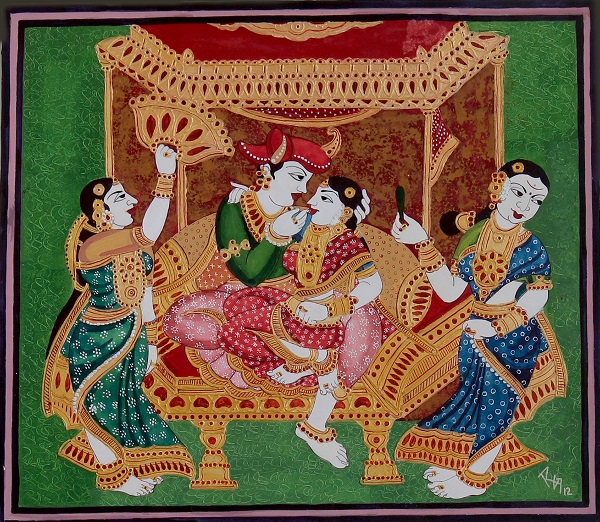
Read More: Ways to Appreciate the Timeless Beauty of Traditional Paintings in Online Art Galleries
Conclusion
A journey through the history of traditional painting is a testament to the enduring power of art to capture the human emotion. From ancient prehistoric cave paintings to the impressionists to revolutionary works, each period has contributed to a rich and varied expression of art Traditional paintings do not reflect cultural and historical contexts that was not only created internally but continues to inspire and impact audiences across generations Let us honor the creative legacy , and let us embrace the endless future possibilities.













